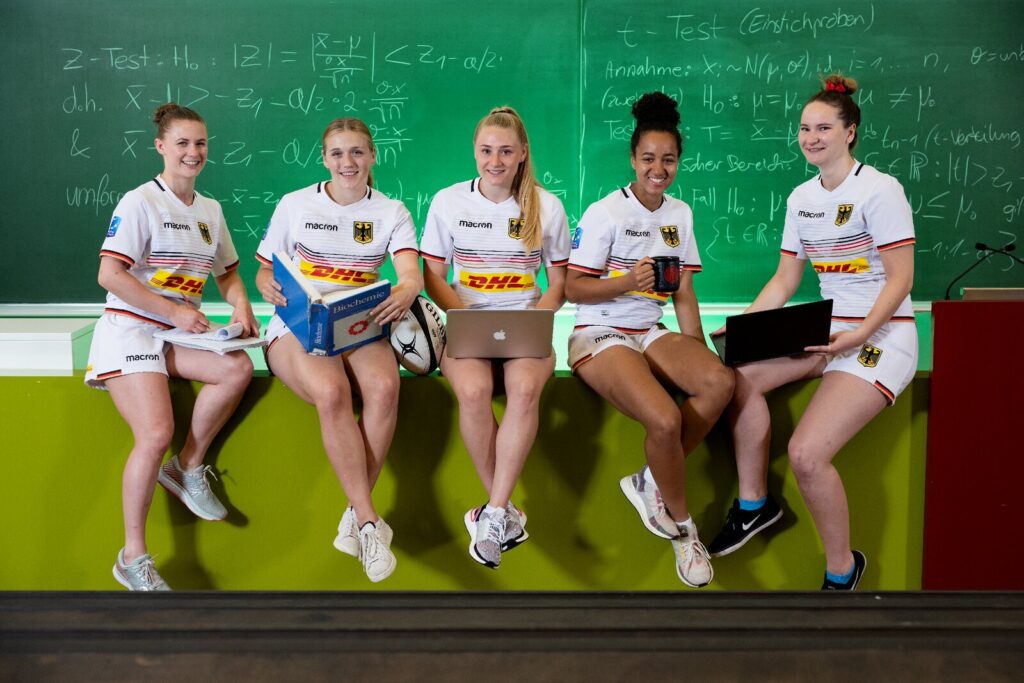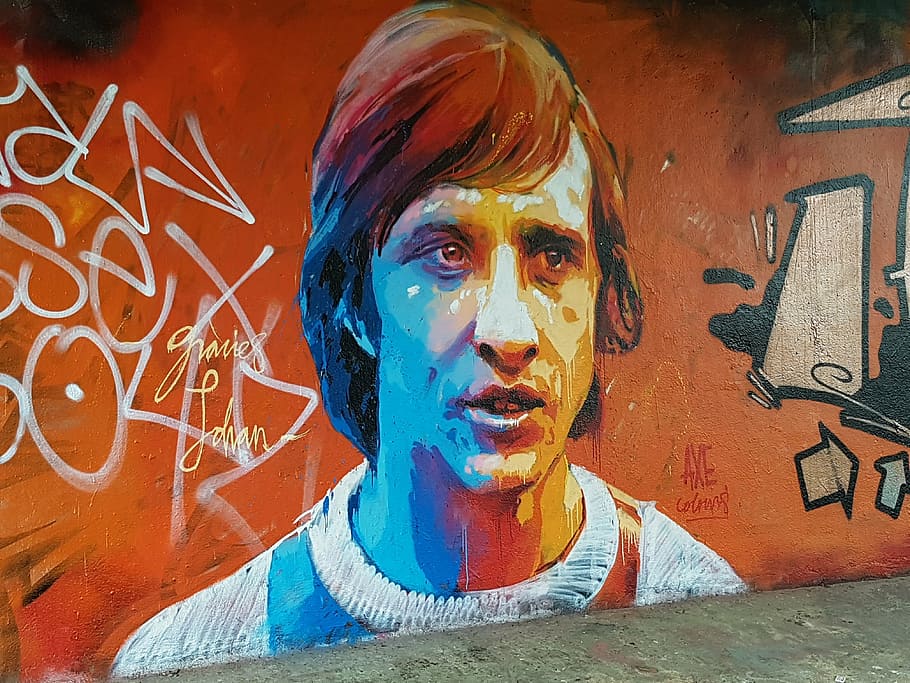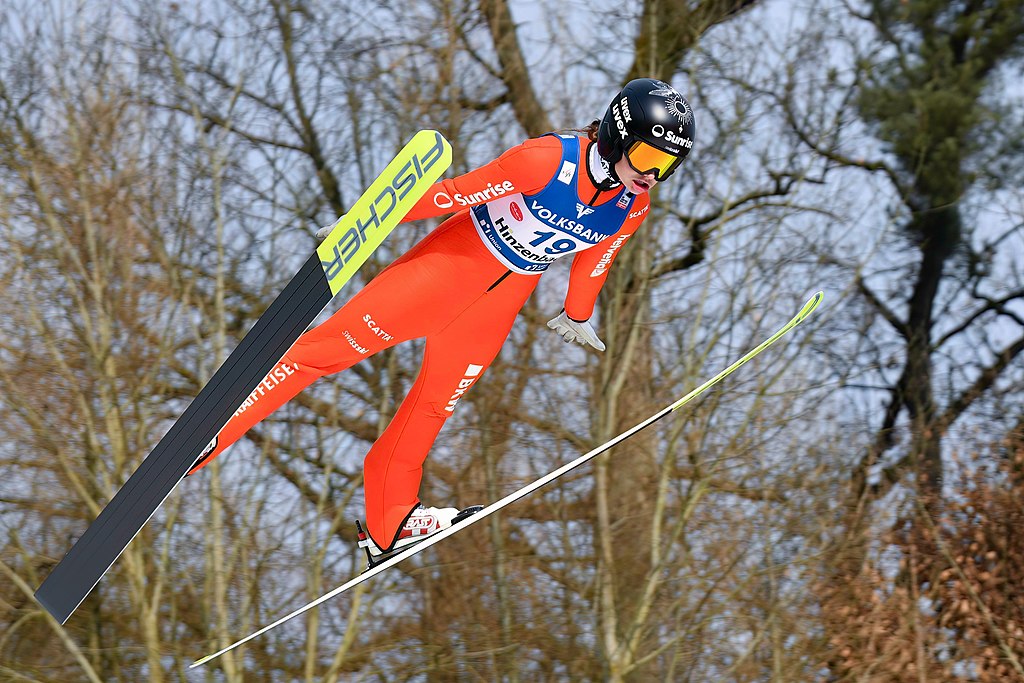In the making
INTERVIEW: DIGITAL SOCIETY SCHOOL AMSTERDAM
The collaboration between STARTING 11 and the Digital Society School Amsterdam will have substantial impact on the European Dual Career Toolkit. Therefore, we teamed up with Nicoleta Pana (Instrument Designer) and Jake Henderson (Instrument Developer) to tap into their expertise in digital transformation. STARTING 11 is their first encounter with the topic of dual career which makes it all the more interesting to hear about their experience.
STARTING 11: First off, what is the Digital Society School Amsterdam and what role does the institution play in our project?
Jake Henderson: Well… we are best known for the work we do towards building a sustainable, inclusive and intelligent digital society. In this sense, our projects are always aligned with the UN Sustainable Development Goals. To this end, we team up with partners; partners who share our goals – to develop and design the tools, knowledge, mindset and learning experiences that can make that happen.
Nicoleta Pana: In the case of STARTING 11, a project which shares a lot of this drive towards a better, more inclusive world, we are working together on the creation of the European Dual Career Toolkit . It is a great example of a digital transformation project that can make an impact on a lot of people in a positive way. And so, where we come in as the Digital Society School, and more specifically the Instruments team, is on the technological side. We are developing and designing the digital environment in which the European Dual Career Toolkit can operate. We make sure it is user friendly, discoverable and that information is organized and interacted with in the right way. In short, we try to contribute that the toolkit really does justice to its potential.
“Complexity is something to embrace.”
STARTING 11: What was your motivation to team up with the project?
Nicoleta Pana: As mentioned earlier, we think we share this vision of an inclusive society together with STARTING 11; one that can be powered by technology. There is real commitment and so much drive, motivation and energy in the project towards making dual career services work across the EU. And that is really valuable we think. If we want to build now – for tomorrow – a society for the better, it is this sort of drive we need, and these sorts of projects and partnerships.
STARTING 11: Learning experience, education development, service & UX design, communication & information technology – which aspects had to be considered when translating practical dual career knowledge into digital tools?
Jake Henderson: Actually… all of them. But in the case of the digital manifestation of the toolkit, information technology, communication & UX design are really important for the “thing” itself. For the long-term, and from a more formal perspective, you have to treat it a bit as a service too as the toolkit is not necessarily a static good. It is more dynamic than that – ever evolving and supportive. And of course, knowledge is always incomplete, implying that there should be space for new knowledge in the setup; dynamic again. If we think in the long-term, a toolkit like this, with a setup like this, we did well to make sure there is space for it to grow, for more applicable knowledge to be shared, and, to constantly learn about what works and not and continuously improve based on new insights, input, the needs of the users. etc. How this knowledge is integrated in the toolkit, that is where learning experience comes in also. But that is maybe a longer conversation…
STARTING 11: How did the variety of tools influence the complexity of your work?
Nicoleta Pana: These sorts of projects always have complexity built-in, it is not something you can escape in a 21st century highly digitized world. And we do not really think we should want to escape that… Complexity is something to embrace, to harness. It makes for extremely rich and even, we dare say, more relevant experiences. But to do that, it is important to make it work for your users. You design for them, you guide them through that variety of tools, and that richness of knowledge, in a way that it is the most valuable to them.
Jake Henderson: For that, sometimes, it means thinking about how you organize, or categorize the information you are providing and how, where, when you make it available to users. For example, paying attention to how and on what you filter, or making more explicit the purpose of certain tools and their context of use. You can see that in the categories design, but also how it is implemented in the back-end too. You will also see it in a section of the upcoming toolkit where there is a clear summary of the essence of a tool. These are just some examples.
Nicoleta Pana: Also important, guiding your user to other relevant information. You make sure you support them in their journey with the way you design the toolkit. And you make space for that also in the back-end, by ensuring that the system is flexible enough to deal with a certain degree of change in the future, as you acquire new insights from your users and improve your product-service. This can also include types of tools for example. That is very important.
STARTING 11: Finally, in your opinion, what will be the most unique features of the European Dual Career Toolkit?
Nicoleta Pana: Its richness of knowledge and how it is really geared towards making that knowledge readily applicable. I mean there will be templates/tools, support and context for them – on all these important levels, you are basically good to go with it. And on top of that the fact that it gives access to such relevant information across the EU. The scale of the access that it provides is really unique – and necessary. I think dual career stakeholders can really look forward to the launch of the toolkit later this year!


